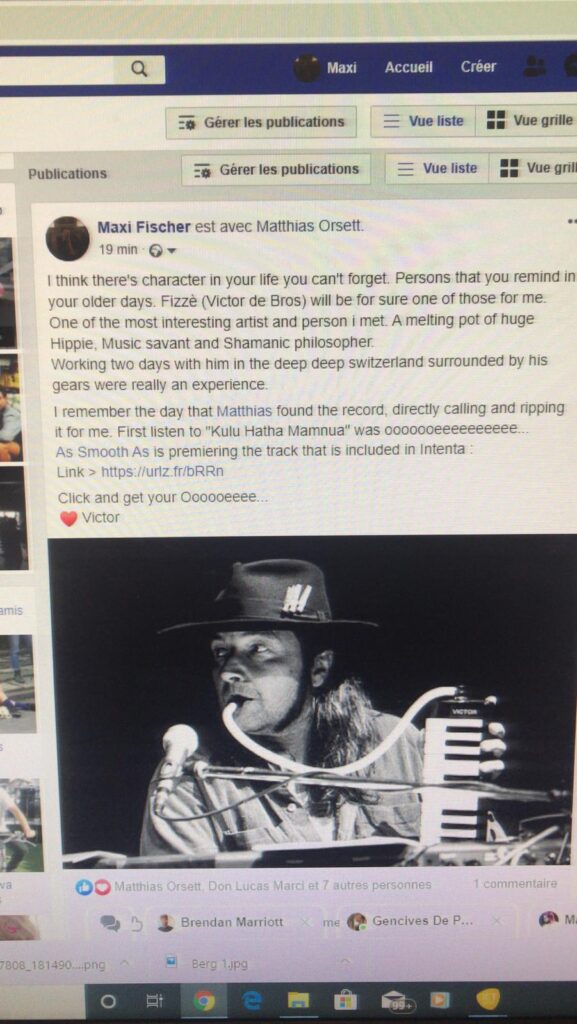Peeni Waali : The Eve of… -final version- (CH/..,2000)
… a special „director’s cut“ of this double CD, leaves out some weaker tracks replaced with previous “sequels”, to get the best picture of what this 12 year composition cycle of Peeni Waali was, a story which started in 1991…
The fundament on this record is much more often Jamaican reggae, dub and ska. Not for adventurous reasons, but for pure pleasure and fun, various tracks (not the earliest) are mixed with other cross-cultural interventions and combinations. Some of them I liked more than others. But I think the sessions done with Lee “Scratch” Perry were rather successful. Some combinations are a bit odd, and somewhat humorous. From the first CD I like very much “Colorace” about a guy being black in all of life’s conditions, accompanied with a tango-like bandeon, flute, piano, guitars, children voices and so on. Another favourite is “More Nice Time”, starting with African melodic percussion mixed with dulcimer, Swiss yodel, and then with a ska brass orchestra, with Swiss accordion, one of the tracks with Lee “Scratch” Perry. From the replaced tracks, “Pub Dub” is an odd combination of an Irish traditional into dub, while “Sleep Dub” is another, slow dub track with Mongolian throat vocals (!), while “SkaRab”, performed with Middle eastern keyboards and percussion, and some chill-out beat ideas, mixed with an Arab vocal sample, is my favourite of the three unusual combination tracks (which came from the album “The Dawn”). From the second CD I also liked to mention a few more odd combinations, because that is often my favourite territory. Strange is a dub brass with Hammond organ version from “Satin Doll” (written by Duke Ellington). “Maxi Mali” is another worth mentioning track, which seems to be a medley or resume of all the group’s musical interests, with elements of previously done tracks, with a core of heavy funky guitar/fuzz bass, and also with use of some turntable mixes.
I think this album is more interesting to those with an open mind who like dub/reggae and ska, but who would like to hear some bridges to other styles, without losing the easy going fun the mentioned music genres have.

